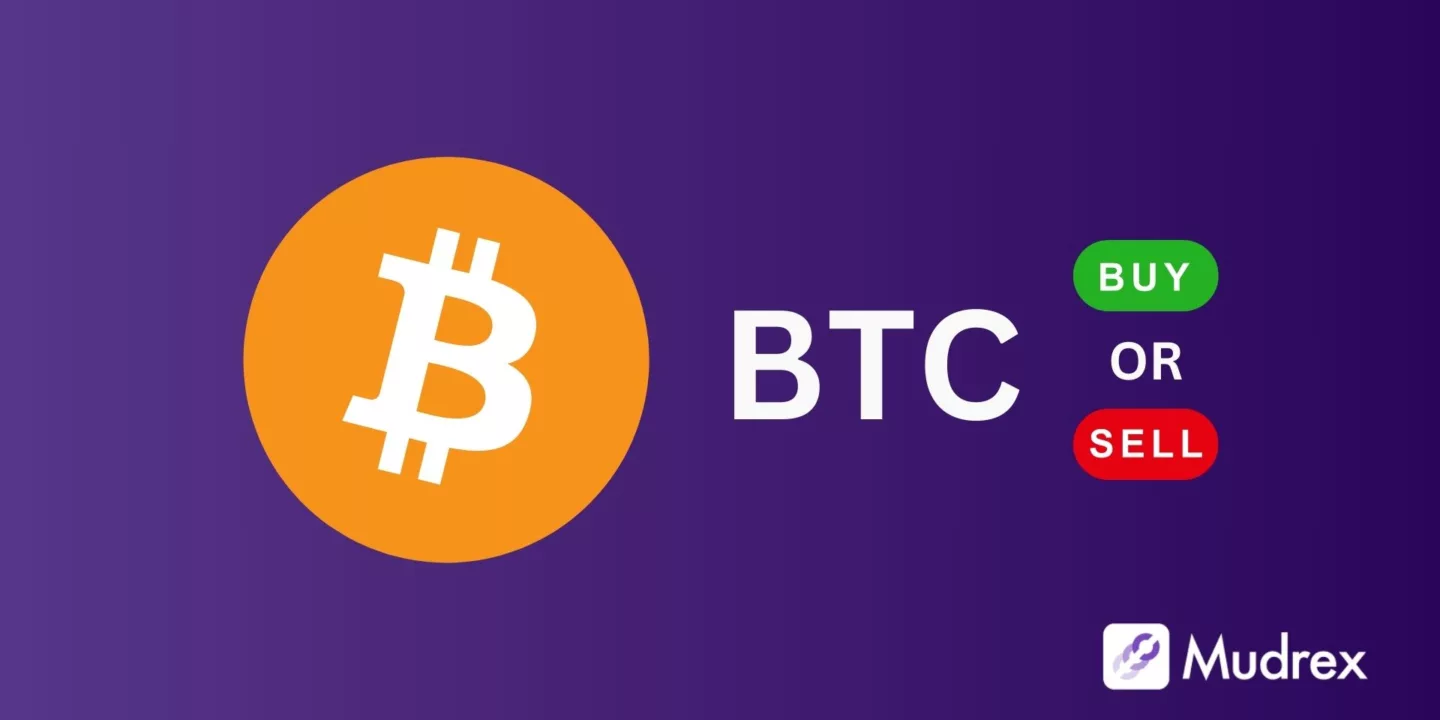
Understanding Bitcoin: Beyond the Hype
Bitcoin has captured the spotlight due to its decentralized nature, potential for high returns, and growing adoption by institutions. However, is it still a smart investment in 2024? This blog explores Bitcoin’s risks and rewards, helping you decide if it’s the right addition to your portfolio.
What is Bitcoin?
Bitcoin (BTC) is the world’s first decentralized digital currency, launched in 2009 by an anonymous figure or group known as Satoshi Nakamoto. Unlike traditional currencies, Bitcoin operates without a central bank or government, using blockchain technology to ensure secure, transparent transactions.
Bitcoin’s limited supply (capped at 21 million coins) and peer-to-peer nature make it a store of value and a hedge against inflation. With increasing adoption for online payments, investment portfolios, and remittances, Bitcoin continues to drive global attention as a revolutionary financial asset.
A Brief History of Bitcoin
Bitcoin was introduced in 2009 by Satoshi Nakamoto following the 2008 financial crisis, offering an alternative to traditional financial systems. Early adopters, including tech enthusiasts and cryptographers, used Bitcoin primarily for online transactions. By 2010, the first real-world Bitcoin transaction occurred when 10,000 BTC was used to purchase two pizzas, a moment now celebrated as “Bitcoin Pizza Day.”
Over the years, Bitcoin has experienced significant price volatility, reaching $1,000 for the first time in 2013 and an all-time high of nearly $69,000 in 2021. Institutional investments, like Tesla and MicroStrategy, as well as El Salvador’s adoption of Bitcoin as legal tender in 2021, have solidified Bitcoin’s status as a key player in the financial landscape. Despite regulatory scrutiny, Bitcoin remains the top cryptocurrency in market capitalization.
Factors Driving Bitcoin’s Price: A Deep Dive
Project Development and Adoption
Progress on the Roadmap: Bitcoin, unlike other blockchain projects, does not follow a traditional roadmap. However, improvements such as the Lightning Network aim to increase its scalability and transaction speed. These technological advancements are designed to enhance user experience and fuel Bitcoin’s future adoption.
Partnerships and Integrations: Bitcoin’s acceptance by major corporations like Tesla and PayPal has significantly boosted its visibility and use cases. This increased institutional adoption further legitimizes Bitcoin as a mainstream financial asset.
Community and Market Sentiment
The Strength of the Community: Bitcoin enjoys a large and loyal community of developers, investors, and enthusiasts, which has grown over the years. This grassroots support continues to uphold Bitcoin’s dominance in the cryptocurrency space.
The Impact of Sentiment on Price: Market sentiment, driven by influencers, media, and social trends, can greatly affect Bitcoin’s price. Bullish or bearish news can result in substantial price fluctuations, underlining the importance of community sentiment in shaping its valuation.
Competition and Market Trends
The Competitive Landscape: Bitcoin faces competition from other cryptocurrencies like Ethereum, but it remains the dominant player due to its first-mover advantage and widespread recognition.
Broader Market Trends: The broader crypto market is influenced by factors such as regulations, economic cycles, and technological advancements. Recent regulatory scrutiny, such as the increasing focus on crypto regulations in the U.S., could influence Bitcoin’s future price movement. Additionally, macroeconomic factors like inflation drive more investors toward Bitcoin as a hedge.
Bitcoin’s Potential for Growth
Bitcoin’s growth potential remains robust due to its increasing institutional adoption and recognition as a store of value. As companies like Tesla, MicroStrategy, and PayPal continue to hold or accept Bitcoin, mainstream acceptance is rising.
Additionally, the limited supply of 21 million coins makes Bitcoin inherently deflationary, creating a scarcity effect that may lead to higher demand, especially in times of economic uncertainty. As more countries explore Bitcoin as a legal tender, its global acceptance could further fuel long-term price growth.
Unique Value Proposition
Bitcoin stands out because of its decentralized nature, security, and ability to function as “digital gold.” Its blockchain technology ensures immutability and transparency, while its scarcity positions it as a hedge against inflation. Unlike traditional currencies, Bitcoin operates outside of government control, making it appealing to investors seeking an alternative financial system.
Strong Team and Community
Though Bitcoin lacks a central development team, it has a strong, decentralized group of contributors and a global community that actively supports its growth. This open-source model allows continuous updates and innovations. The Bitcoin community plays a crucial role in advocating its use, expanding adoption, and driving sentiment, all of which are essential to the long-term success of the cryptocurrency.
The Risks of Investing in Bitcoin: Navigating the Challenges
Technological Risks
Bitcoin, despite its robust blockchain technology, faces potential technological challenges. Issues such as scalability limitations, long transaction times, and high energy consumption in mining are significant concerns.
While solutions like the Lightning Network aim to improve scalability, the blockchain’s performance could be impacted if future advancements aren’t timely, possibly hindering wider adoption and limiting Bitcoin’s use as a transactional currency.
Adoption Hurdles
The adoption of Bitcoin still faces significant barriers, particularly in regions with limited technological infrastructure or access to financial education. Additionally, Bitcoin’s association with criminal activities in its early days and ongoing volatility make mainstream consumers and businesses cautious about embracing it. Overcoming these reputational and practical hurdles is critical for future growth.
Regulatory Uncertainties
Regulatory challenges continue to cast a shadow over Bitcoin’s future. Governments around the world, including in India and the U.S., are exploring frameworks to regulate cryptocurrencies, which could range from restrictions to taxation policies.
These regulations may either enhance Bitcoin’s legitimacy or impose limitations that curtail its growth. For instance, a government ban on crypto trading could significantly affect market participation.
Expert Opinions and Price Predictions: What the Analysts Say
Crypto analysts remain divided on Bitcoin’s future price. Some, like Tim Draper, predict Bitcoin could hit $250,000 by 2025, citing increased adoption and institutional interest. Others, however, are more conservative, pointing out that market volatility and regulatory uncertainties could hinder Bitcoin’s growth. Historically, Bitcoin has shown resilience, bouncing back after every major dip, but speculative bubbles and unpredictable global events could influence its future trajectory.
Conclusion
Bitcoin remains a solid investment opportunity in 2024, given its proven resilience, mainstream adoption, and store of value appeal. As global interest in cryptocurrencies continues to rise, BTC’s potential for long-term growth makes it attractive for investors.
However, Bitcoin’s volatility calls for a careful approach—ensure your investment aligns with your risk tolerance. Conduct thorough research and stay updated on market developments. Mudrex provides essential tools and insights to help you make informed decisions, empowering you to understand the crypto market while building a diversified portfolio.
FAQs
How high can Bitcoin go in 2024?
Bitcoin’s price could range anywhere between $50,000 and $100,000 in 2024, depending on market factors like institutional adoption, regulation, and overall economic conditions. Some optimistic forecasts even suggest it could exceed $100,000, driven by its scarcity and increasing demand.
What will be the price of Bitcoin in 2024 year?
Forecasts for Bitcoin in 2024 vary, but analysts estimate it could trade between $40,000 to $80,000. Predictions depend heavily on market dynamics, including global economic conditions, regulation, and technological developments.
Is it safe to invest in Bitcoin today?
Investing in Bitcoin comes with risks due to its volatility, but it remains a popular choice for investors seeking long-term growth. Diversification and understanding the risks involved can help make Bitcoin a safer investment in the right portfolio.
Does Bitcoin have a future?
Yes, Bitcoin is widely considered to have a strong future due to its role as a decentralized digital asset and store of value. Its increasing institutional acceptance and growing mainstream use point toward long-term sustainability.
Can Bitcoin drop to 0?
While theoretically possible, it’s highly unlikely for Bitcoin to drop to zero. The network’s widespread adoption, increasing utility, and the capital invested in it make such a scenario extremely impossible.
Is Bitcoin at risk?
Bitcoin faces risks such as regulatory crackdowns, technological challenges, and market volatility. However, its robust network and widespread support among users and investors continue to mitigate these risks.




